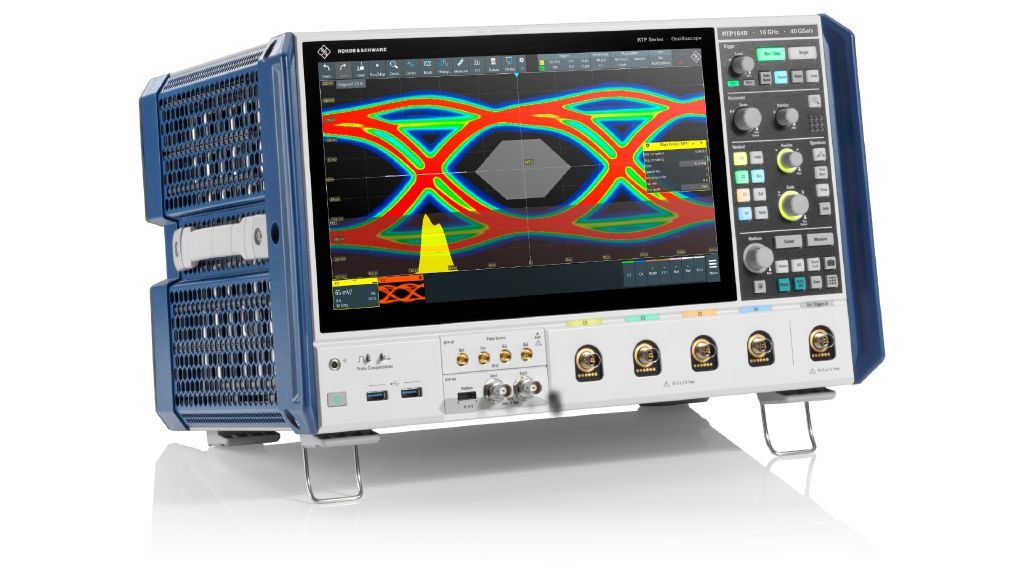Multipurpose digital oscilloscopes for bus testing and communications protocol debugging
Expand the analysis capabilities of your oscilloscope with different application options. These include protocol-based triggering and decoding, automated compliance tests for the most popular interface standards, general analysis such as jitter or power as well as vector signal analysis.
As the aerospace and defense industry uses a wide variety of buses, the multi-purpose, app-customizable oscilloscopes by Rohde & Schwarz are a highly valuable asset in any defense lab for testing wired digital bus protocols commonly used in defense industry applications, such military radios integrated in combat aircrafts, helicopters or tanks. The military communications market aims to analyze these buses in order to prove a certain criticality level, robustness and reliability of the system.
However, the reliability cannot be on the same level when dealing with widely different priorities. For example, the reliability of the bus data exchange between the navigation system and a flight control system of an aircraft cannot be compared to the requirements of data exchange between a military land vehicle driver's dashboard and the windshield wiper system. This calls for flexible test and measurement solutions to meet specific MILBUS testing demands.
For military applications, our oscilloscopes are ideal for tasks such as triggering and decoding as well as compliance test of the most commonly used buses to exchange data inside the line-replaceable units (LRU). Among them are Serial / RS232, DDR3 / 4 PCIe, eMMC or even USB. The oscilloscopes are an indispensable tool also for tasks at a higher level. This includes commonly used buses to exchange information between LRUs such as ARINC 429, MILBUS1553, SpaceWire, CAN / LIN or Ethernet / AFDX.










